For decades, hydraulic systems have been essential in the fast-paced world of modern filmmaking – enabling smooth and dynamic camera work, creating jaw-dropping special effects, and assembling beautiful, immersive film sets. Here are three reasons why modern cinema relies on hydraulics.
1. Constructing Safe and Immersive Sets
One of the most obvious uses of hydraulics is in set construction. Surprisingly, to create safe and elaborate film sets like the one used in Greta Gerwig’s “Barbie,” many hydraulic machines are utilized – not unlike those found on real-world construction sites. Hydraulic fork-lifts, cranes, platforms, and more, assist the crew in assembling intricate structures and props that bring the film’s world to life.
For instance, behind the scenes we can see a hydraulic forklift being used to construct a life-sized “Barbie Land,” and a painter using a hydraulic scissor lift to paint an “old-school” backdrop.
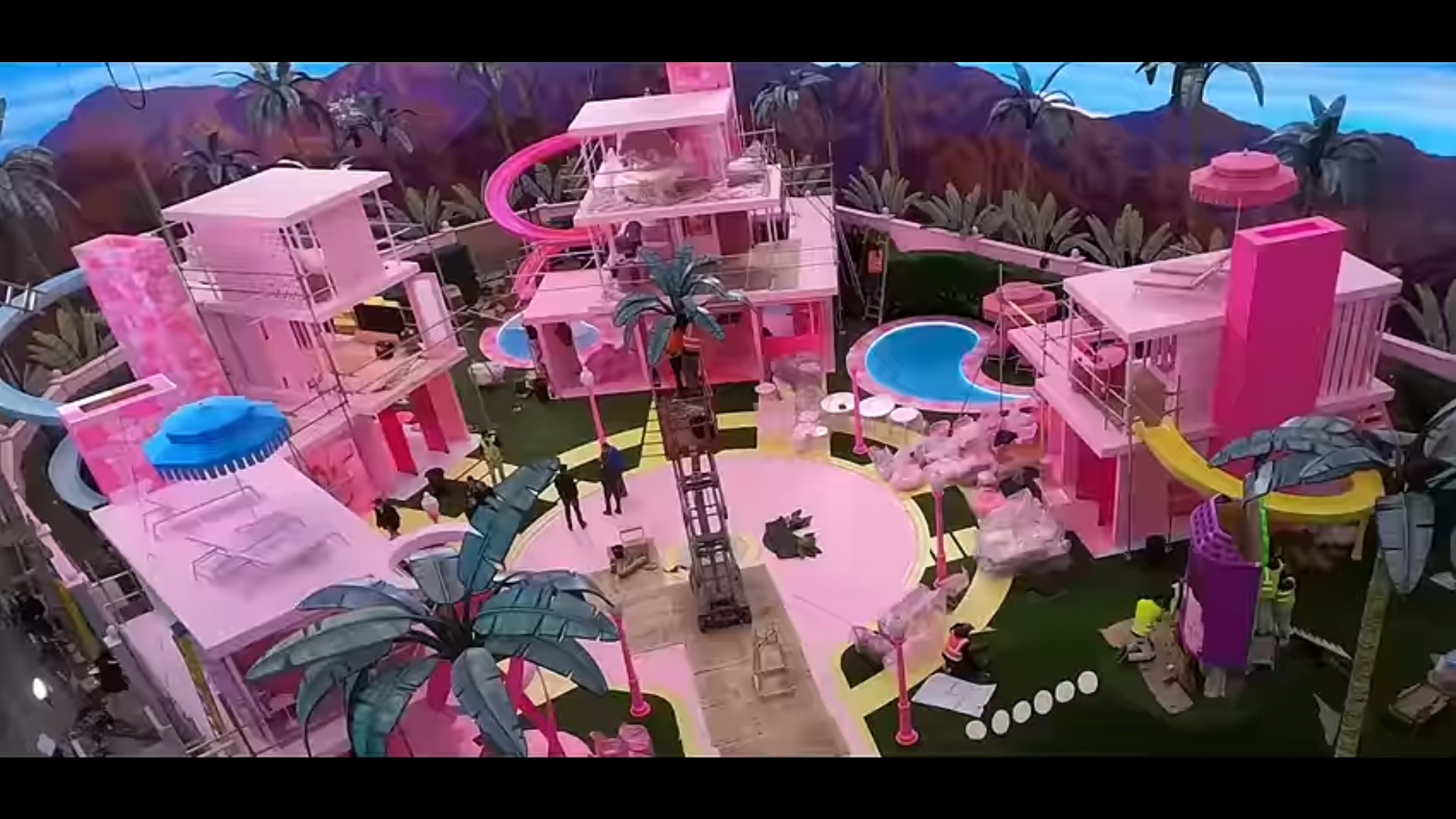
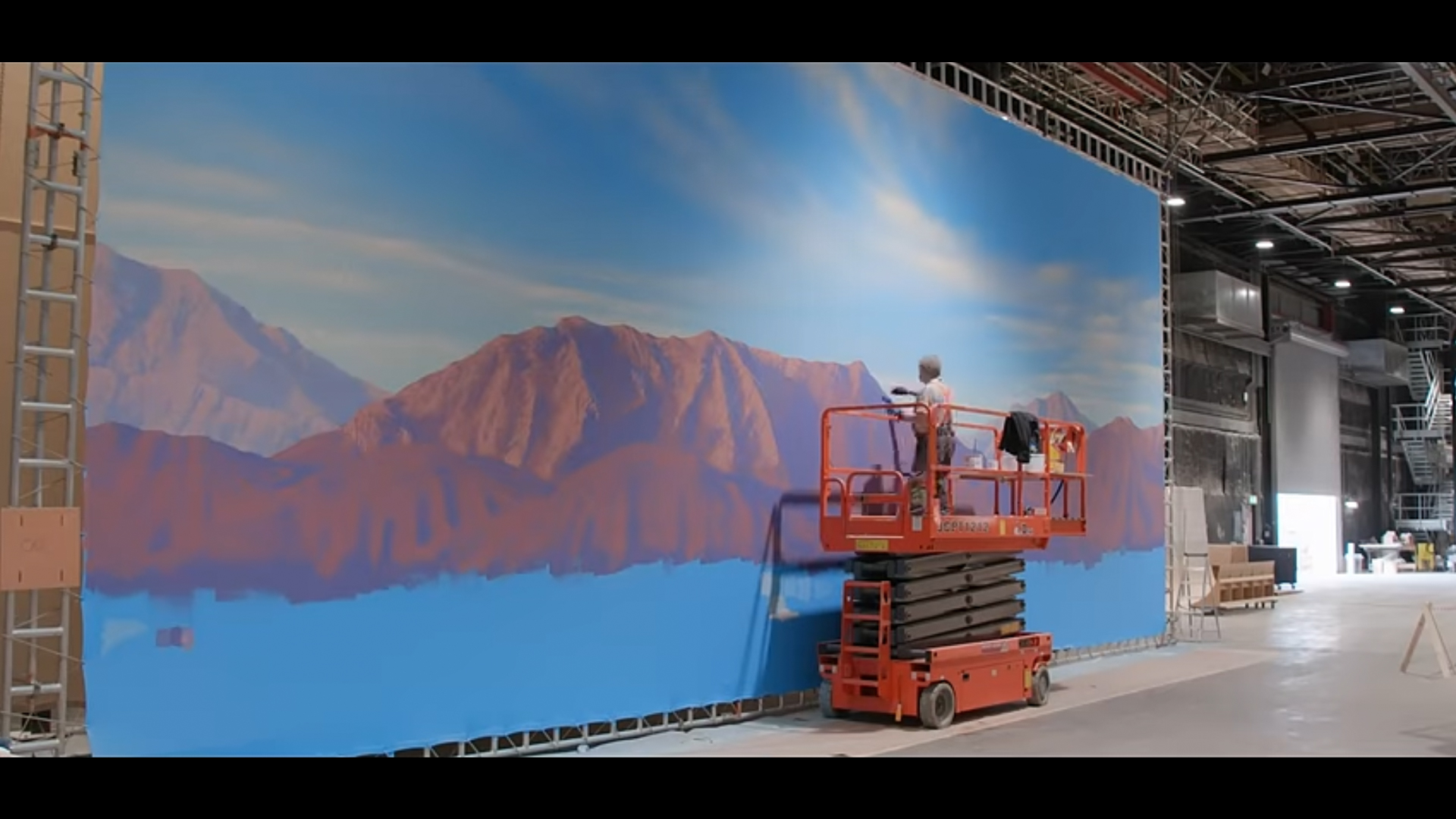
2. Mind-Bending Special Effects
Possibly the most spectacular use of hydraulics in film is for creating stunning special effects, especially practical ones. Hydraulic actuators are a fantastic way to create moving props, kinetic film sets, and to bring movie monsters to life with animatronics.
When Oppenheimer director, Christopher Nolan, created his 2014 sci-fi masterpiece, “Interstellar,” the special effects team constructed a gigantic set for the inside of the spacecraft, mounted on hydraulic actuators. This allowed the set’s movement to feel realistic to the cast and viewers. The same technique was used on a smaller scale to simulate realistic movement for the smaller spacecraft – like hydraulic systems used in flight simulators and some theme park attractions.
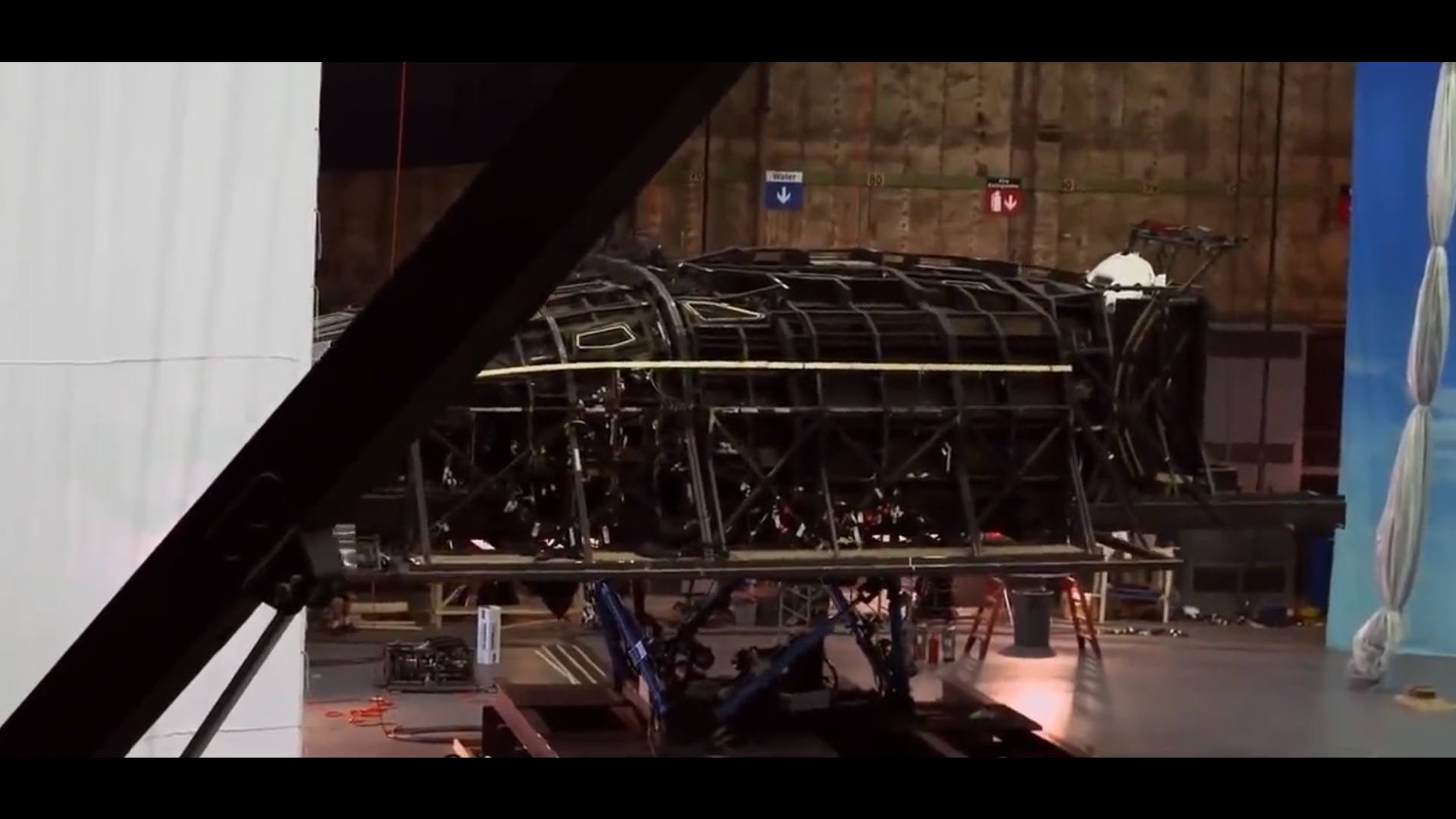
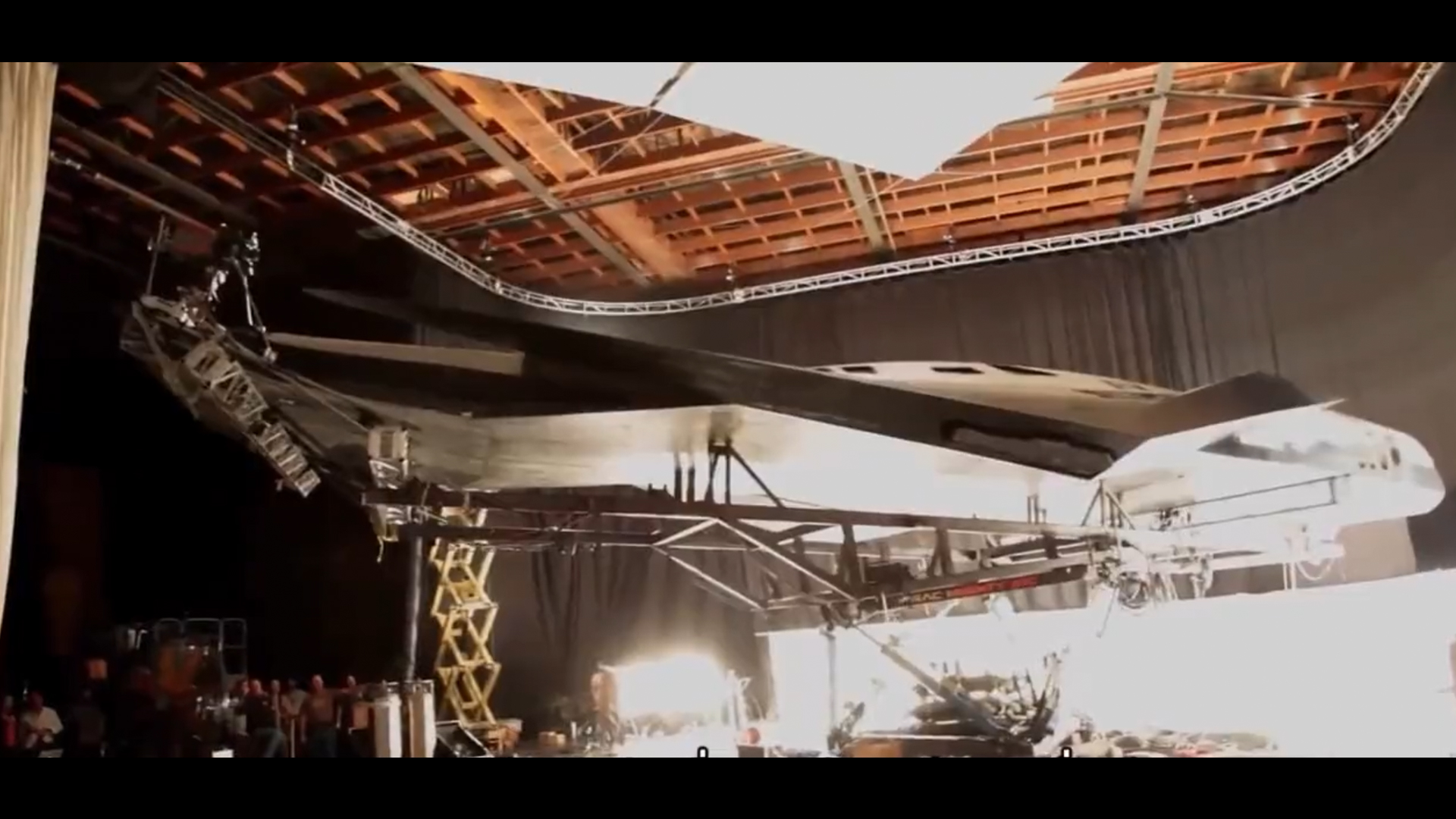
However, our favourite use of hydraulics for special effects has to be the iconic and terrifying T-Rex in “Jurassic Park.” Instead of opting for computer-generated imagery (CGI), which often dates quickly and looks fake, director, Steven Spielberg chose to create a life-sized animatronic using a complex hydraulic skeleton to move its 9000lb body quickly, precisely, and realistically – just like a living, breathing dinosaur! Over 30 years later, this impressive feat of engineering still holds up as one of the most convincing movie monsters of all time.
To learn more, the video below goes into greater detail on how this amazing animatronic was designed and constructed.
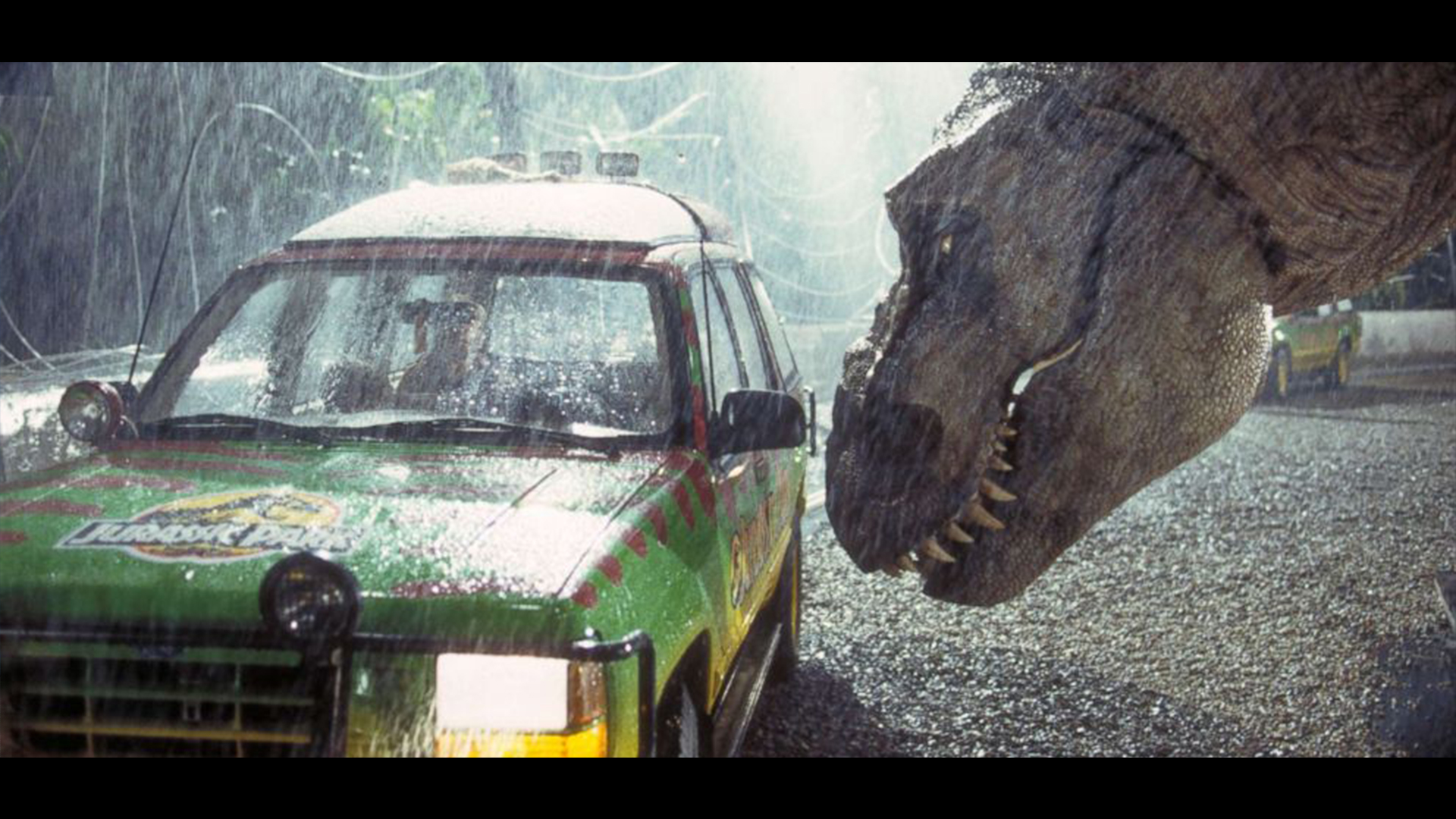
3.State-of-the-Art Camera Work
Another piece of high-tech equipment that we spotted in behind-the-scenes footage from the Barbie film, is a telescopic camera crane. This equipment is ubiquitous in modern filmmaking and is absolutely packed with hydraulics; most obviously in their main arm.

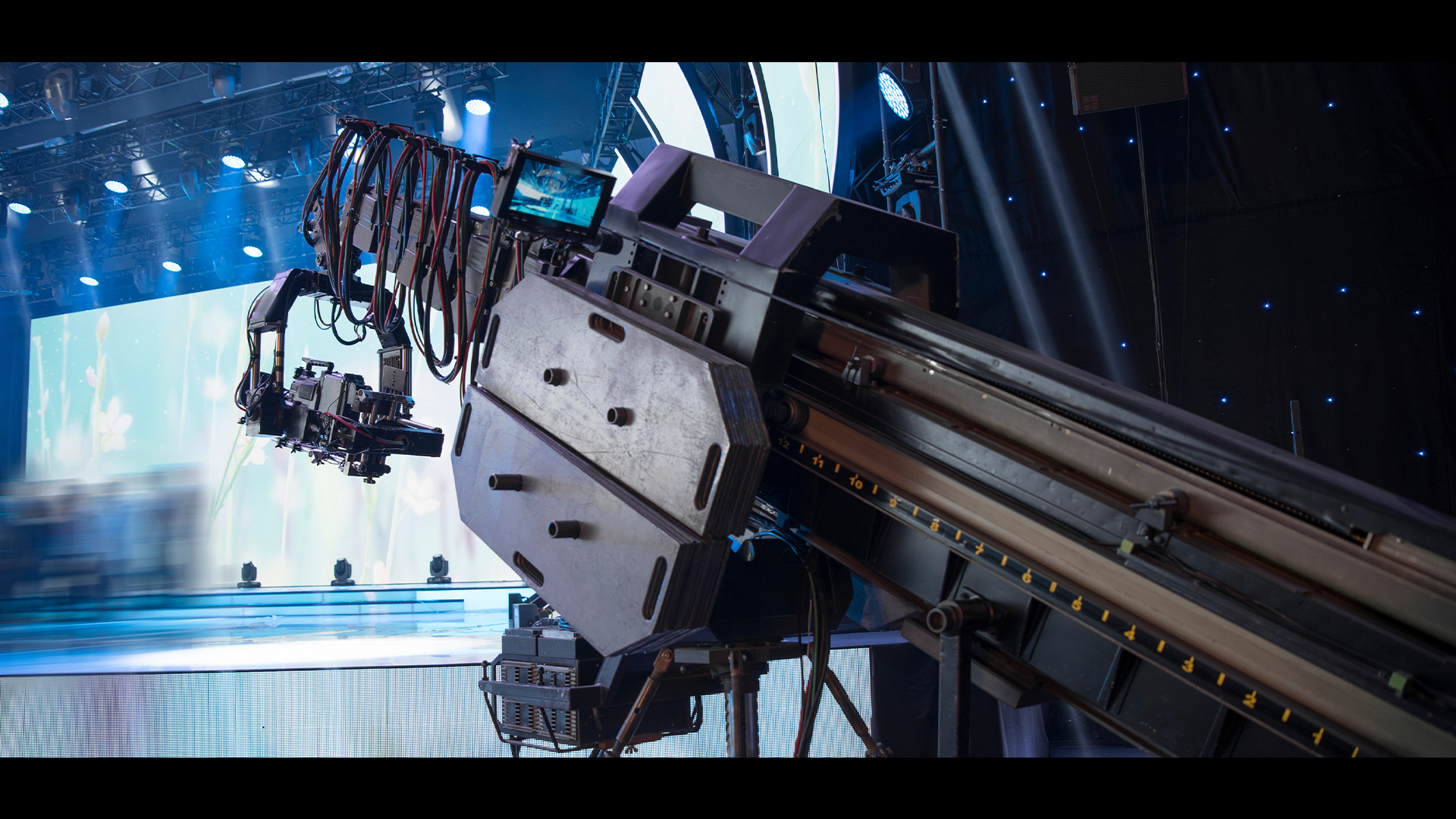
The telescopic arm and the stand on which it sits can stretch out and contract smoothly and precisely on command, thanks to hydraulic actuators. This allows the camera to move seamlessly in any direction during shots.
Some of these cranes are also seated on hydraulic actuators, helping to level the arm on uneven ground. At Hydraulics Online we have designed bespoke hydraulic levelling system for one of our clients. You can read more about our work with Off Road Jib here.
Conclusion
So there you have it, despite the constant advancement of realistic CGI effects and film technology, hydraulics still play an invaluable role in modern filmmaking and are often responsible for some of the most impressive aspects of the most important blockbusters of our time!
To find out how we can support you in the recreation, leisure and entertainment sectors click here.





